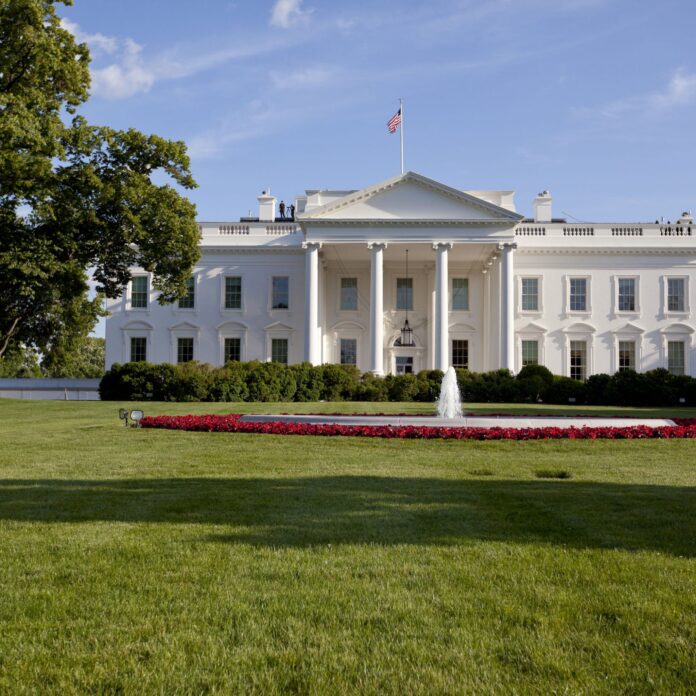President calls for long-term National Spectrum Strategy
In a memorandum on national spectrum policy, President Donald Trump called out the importance of the U.S. being first in 5G and ordered government agencies to review their spectrum holdings and continue to seek opportunities for spectrum sharing.
Access to spectrum, the memorandum said, “is a critical component of the technological capabilities that enable economic activity and protect national security. Wireless communications and associated data applications establish a foundation for high‑wage jobs and national prosperity.
“While American industry continues to extract greater and greater value from spectrum, each technological leap also increases demands on its usage,” the memorandum continued. “Those demands have never been greater than today, with the advent of autonomous vehicles and precision agriculture, the expansion of commercial space operations, and the burgeoning Internet of Things signaling a nearly insatiable demand for spectrum access. Moreover, it is imperative that America be first in fifth-generation (5G) wireless technologies — wireless technologies capable of meeting the high-capacity, low-latency, and high-speed requirements that can unleash innovation broadly across diverse sectors of the economy and the public sector.”
The president called for federal agencies to “thoughtfully consider whether and how their spectrum-dependent mission needs might be met more efficiently and effectively, including through new technology and ingenuity” and said that the government “shall continue to look for additional opportunities to share spectrum among federal and non-federal entities” as well as “continue to encourage investment and adoption by federal agencies of commercial, dual-use, or other advanced technologies that meet mission requirements, including 5G technologies.”
The memorandum set out the following actions:
-Within 180 days, federal agencies are to review their spectrum usage and future requirements and report them to the Secretary of Commerce. The director of the Office of Science and Technology Policy will submit reports on emerging technologies that will impact demand for non-federal spectrum and recommedations for research and development priorities “that advance spectrum access and efficiency.”
-Within 270 days, the Commerce secretary, working with related agencies, is to put forward a long-term national spectrum strategy that includes recommendations on how to “increase spectrum access for all users, including on a shared basis,” “create flexible models for spectrum management,” and improve the U.S.’ global competitiveness as well as “build a secure, automated capability to facilitate assessments of spectrum use and expedite coordination of shared access among federal and non-federal spectrum stakeholders.”
The memorandum also creates a Spectrum Strategy Task Force, which will consult with the Federal Communications Commission and work with the National Telecommunications and Information Administration and the Commerce Secretary to carry out the work laid out in the memo. The task force will be co-chaired by the CTO and the director of the National Economic Council and include representatives from Office of Management and Budget, Office of Science and Technology Policy, the National Security Council, the National Space Council, and the Council of Economic Advisers.

